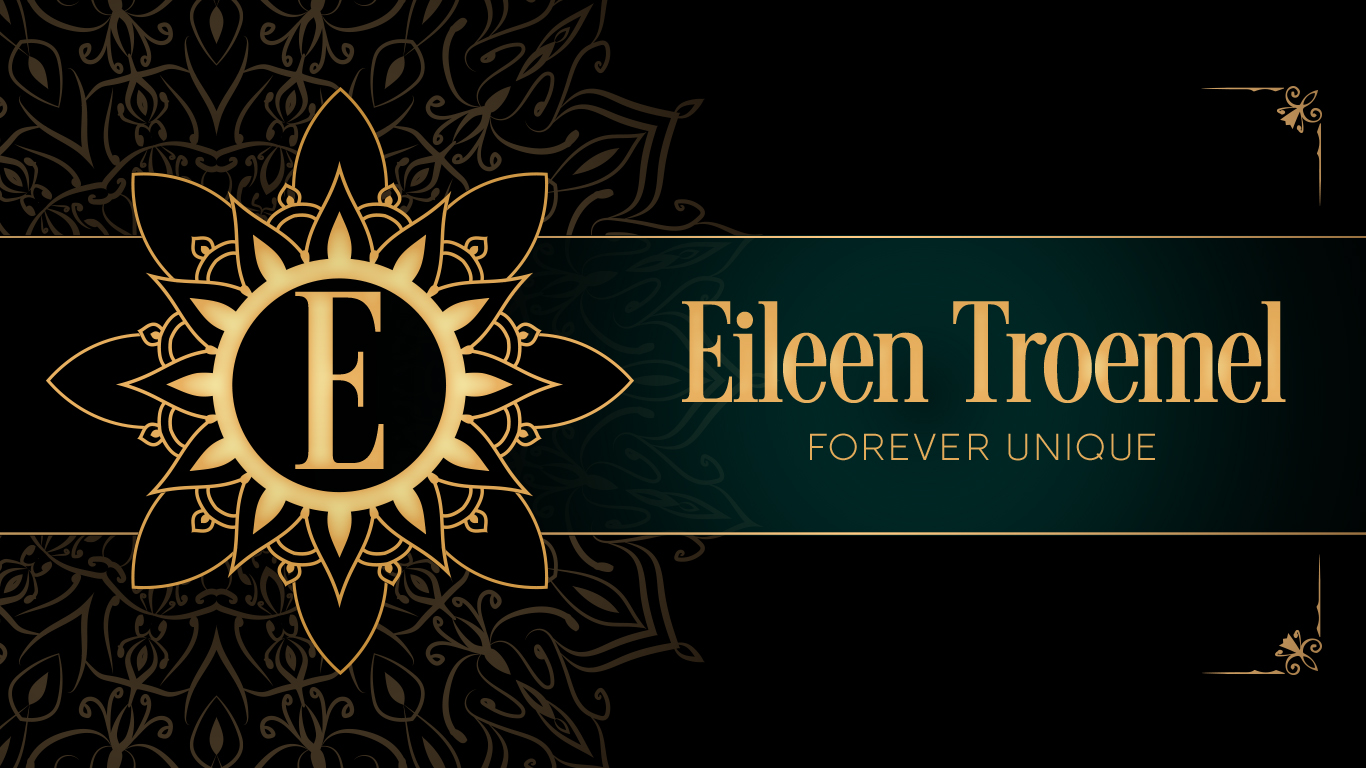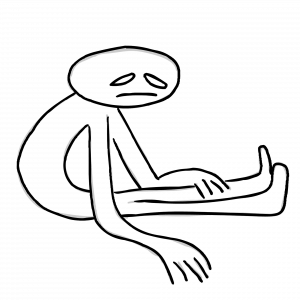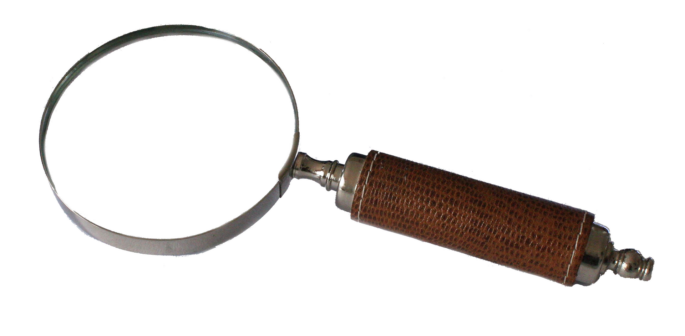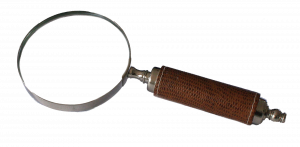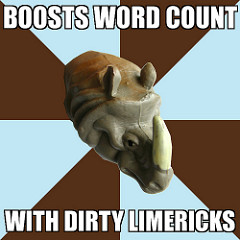Pacing – what is it and why is it important? It’s how fast your scenes read. I know you’re going to say – I can’t control how fast someone reads. My response is – to some extent you can. Passive / active voice play a part but so does sentence structure and length. Here’s a good article on it with the typical 5 points to fix everything. Even though I’m not a fan of those types of articles, this one does give some good points. https://www.helpingwritersbecomeauthors.com/5-ways-to-pace-your-story/
Long sentences and longer words slow down your pace. Here’s an example of what I mean:
After Sam did stretches, she stepped onto the track and loped around getting into a rhythm.
After Sam stretched, she ran easily finding her rhythm.
The first sentence is sort of meandering and slows the pace down. The second sentence is quicker.
The same can be said for dialog. Dialog makes a scene go fast. So if you’re characters are talking and the scene is too quick, you can slow it down. Sample:
“We need to be careful,” she said.
“I know,” he said. “But we have to help Joey.”
“He’s always in trouble,” she said.
“This time is bad,” he said.
“I don’t like it,” she said.
“I know,” he said.
“But you still want to help him,” she said.
Now that reads pretty quick. Short sentences and little description means the scene is going to read fast. Now if you want to slow it down you can make the sentences longer or you can add description.
“We need to be careful,” she said putting a hand on his arm. She gazed up into his dark eyes, saw the worry in his frown.
“I know,” he said patting her hand. He looked out the window as he considered her words. “But we have to help Joey.”
“It’s Joey, you know he’s always in trouble,” she said. Moving to the closet to grab their jackets.
“I know he is but this time, I think, it’s bad,” he said taking his brown jacket and slinging it around his wide shoulders.
“I don’t like it,” she said pausing before putting on her black leather jacket.
“I know,” he said taking her jacket and holding it for her to slide her arms in.
“But you still want to help him,” she said looking over her shoulder at him.
The second adds details and description while slowing the pace down. The difficulty is finding the balance between the fast pace you may want and being able to get all the description in that you need.
This is where you make an effort to have more active voice (if not all) than passive voice. You have to ask questions like – do we need to know that she’s wearing a black leather jacket? Is it important to the story?
It may sound ridiculous but it’s looking at every word to determine if each word and each detail is needed. There’s a middle ground between the longer and slower pace. You can have some quick dialog and then throw in the details which are needed before going back to the faster paced dialog.
It is all dependent on the mood you’re trying to build. If it’s a tense moment leading to a fight / action scene, you may want to pick up the pace. If it’s not you can stretch it out a little.
Do you need black leather jacket? Maybe later you use that black leather jacket to identify her in a crowd or among the injured or ??? If you need it, add it. If not, you could maybe just say leather jacket or just jacket. Only you as the author can make that decision.
If you have a writing question you want answered or discussed, use the contact form to let me know.
